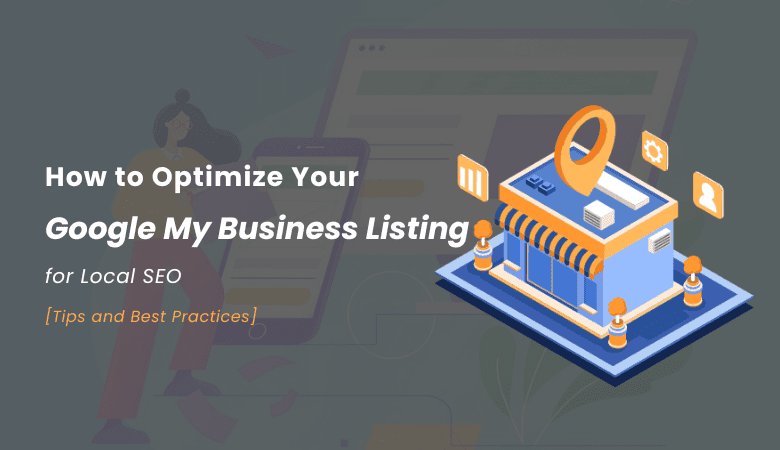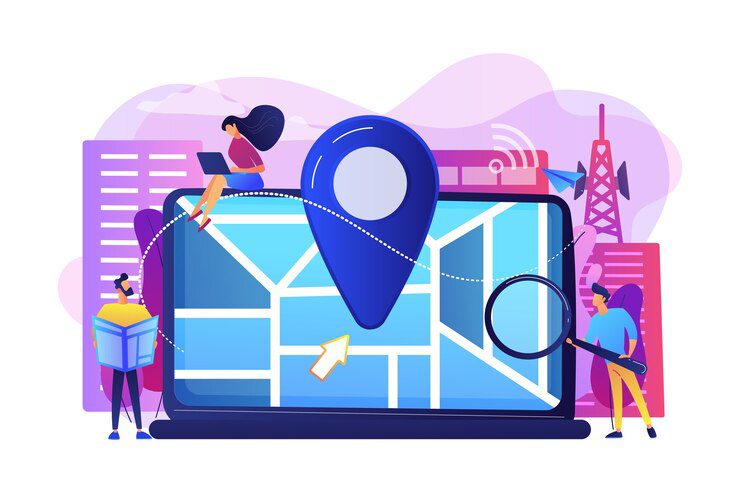
Search engine optimization (SEO) is one of the most effective techniques in digital marketing. It covers both online and offline strategies and entails a wide range of strategies aimed at building your brand.
From social media marketing to updating content, and collaborating with content creators, SEO can be done outside the bounds of your website. These and other similar activities are known as off-page or off-site SEO.
Yes, there’s more to SEO than tweaking content. And we’re going to help brush up your knowledge about off-site SEO. Discover how it differs from on-site SEO and which initiatives should be included in your must-have list.
What is Off-Site SEO?
On-site SEO is loosely defined as actions that make your website more search-engine friendly. In more concrete terms, this includes tweaking your meta tags, snippets, keywords, content, and internal links, to help your page and site rank better.
Inversely, off-page search engine optimization (SEO) strategies refer to techniques that you apply outside of your website, which carry the same objective.
These two elements should work together seamlessly, although most prefer to work on establishing and improving on-site SEO first before boosting the methods with off-page techniques.
You may have the best content but without your target audience knowing about it, reading, sharing, or posting comments, it’ll be useless.
So, how do you put it into practice?
1. Link Building Strategies
Search engines don’t just rely on the quality and relevance of your content. They also look at other online articles, particularly high authority sites that link back to your page.
Link-building strategies are utilized by SEO experts, as they help pull up a website’s search ranking and authority if done right.
2. Social Media Presence
There are millions of social media users worldwide, making it a formidable digital marketing channel. It’s believed that social media mentions of your brand may help increase your search rankings.
Create accounts on social media platforms to increase brand awareness and showcase your products and services. You can even use the messaging apps that come with the social media platforms to run a campaign, share your content, and boost your website visits.
Look for groups you can join and ask about the sales pitch angle you’re going to take so as not to make the activity too explicit.
3. Collaborate with Authorities
One of the ways to increase brand reputation is to develop trust and authority. Reach out to thought leaders and industry bigwigs so that you can be associated with them. Once your audience draws an association between your brand and trusted leaders, they’ll see your products and services as reliable. This can increase authority and trust in your brand.
4. Tap Influencers
Social media influencers enjoy a huge online following, making them valuable tools for online brand building. Influencer marketing is a big sector; expected to be worth $15 billion in 2022.
Research has indicated that consumers are 10 times more likely to purchase a product that has received rave reviews from an influencer as compared to product advertising.
5. Encourage Audience Engagement
The more engaged your potential consumers become, the higher your chances are of achieving success at link building. Push your audience to share, like, and comment on your content via other channels. Lead them to your site in order to increase traffic.
6. Actively Participate in Forums and Q&A Sites
Apart from boosting audience engagement, look for other platforms where you can subtly promote your brand. Be active in discussions, post contributions, and make relevant comments while placing your link on your signature, close to your name, or elsewhere.
Look for a site that matches your niche and interact while providing added value by answering questions comprehensively. Use the appropriate words and tone and never attempt to explicitly sell your products and services if you don’t want to be kicked out.
Doing these things can generate leads and organic traffic to your site.
7. Email Marketing
After getting information through lead generation methods, you can send your prospects email messages about your product or service. More than automated communication, an email should be personal, and should be used as a means to develop a relationship with your potential customer.
Include specific website page links in these messages to increase the number of website visitors.
8. Explore All Online Channels
Apart from social media platforms, you can also create your content outside your website (but with backlinks, of course) through video and audio sharing sites. Individuals tend to appreciate and understand video and audio content better than text. So, create your own videos, and seek famous podcasters to ask if you can become a guest.
Apart from increasing your organic traffic, you’ll also earn backlinks, which will increase your site’s search ranking.
9. Be Visible Offline
Use offline channels to increase public presence. Sponsor or participate in trade exhibitions, ask for television show guesting, or grant public interviews. In short, just go out there and stir public awareness about your brand.
Now that you know your off-site SEO must-haves, we hope you’ll be able to draft effective strategies to boost your overall marketing methods.








